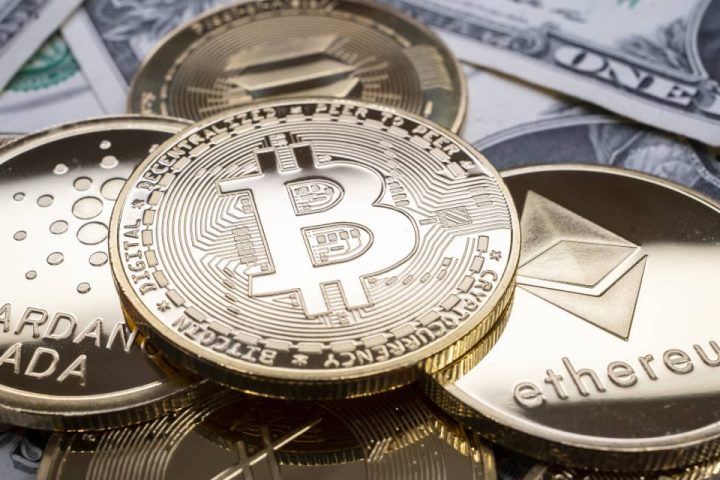“Meme stonks,” meet the “meme bonk.” Or maybe not.
That’s the Leuthold Group’s Scott Opsal, riffing off the pandemic-era rise in meme-stock trading. But this time he’s referring to the popularity of the downtrodden iShares 20+ Year Treasury Bond ETF
TLT,
a fund attracting mega inflows, despite its stunning losses.
The index fund has raked in over $20 billion in new assets this year, even while returns have been “frankly terrible,” he said.
Opsal estimates the fund as of late October has seen a -48% cumulative return, including income, “since rates bottomed in 2020, an almost unimaginable loss in a security generally perceived as low risk.”
He contrasted TLT’s pain with the S&P 500 index’s
SPX
nearly 33% gain over the same stretch, a period that coincided with a bear market in stocks and the Federal Reserve’s most aggressive rate-hiking cycle in four decades.
“The notion of huge investor inflows into a poorly performing asset with hopes of a coming price recovery not only describes meme stonks, but it also reflects recent activity in TLT,” Opsal wrote.
A big caveat is that Treasury securities, unlike meme stocks of companies teetering on collapse, are guaranteed by the U.S. government to fully repay, if held to maturity.
BlackRock oversees TLT and a suite of bond ETFs. In a statement to MarketWatch, a spokesperson said continued flows into TLT reflect investors’ positioning for a possible economic slowdown, as well as anticipation of a more normalized yield curve in the future.
“The largest holders of TLT are wealth platforms and longer-term asset allocators, as well as investors ‘barbelling’ their Treasury allocation, pairing both short- and long-duration exposures,” she said. The fund is passively managed and seeks to track results of an benchmark index of Treasury bonds maturing in 20-plus years.
Trouble in the roughly $26 trillion Treasury market began when talk of higher rates began to weigh on bond prices, especially older, low-coupon securities. Loses on these securities are realized if a holder becomes a forced seller at a discounted price, a factor that contributed to the collapse of Silicon Valley Bank in March.
Opsal argued that TLT resembles a meme stock because investors piled in as its net asset value fell from a $161 peak a few years ago to as low as $83 in late October, according to Leuthold.
The fund’s net asset value has since recovered to about $89.72, according to the latest data from FactSet. That coincided with an easing in the 10-year Treasury yield
BX:TMUBMUSD10Y
in November, to about 4.5% as of Wednesday from a 16-year peak of 5% last month.
While the 10-year Treasury yield’s climb from a low below 1% in 2020 has trampled many bonds, investors lately have been looking at add duration in fixed income at today’s higher rates.
Read: Why a derailed $11 trillion corporate bond market looks ripe for a comeback as U.S. inflation slows
“This November bounce will soothe some of the wounds felt so far by providing a reprieve from the losses experienced by the billions of dollars flowing into TLT, deposits which have consistently been underwater for the last two years,” Opsal wrote.
Still, many investor hope the central bank’s policy rates may now be near a peak, especially since the Fed has left it unchanged at a 22-year high of 5.25% to 5.5% since July.
With inflation continuing to ease, there also has been optimism in markets about potential Fed rates cuts, even modest ones, next year.
That backdrop has the S&P 500 index up 17.3% on the year through Wednesday, while the Dow Jones Industrial Average
DJIA
was up 5.6% and the Nasdaq Composite Index
COMP
was 34.8% higher in 2023, according to FactSet.
Read the full article here







